Stuck in a City That Said “Welcome Back”
Jimmy Zhong, an international undergraduate student at the University of Sydney, has moved three times in the past year.
“It was very difficult for me to rent a house in Sydney. Many landlords rejected my application because I had no rental record and independent income and they prefer to rent to locals,” he said.

Australia is facing its worst rental crisis in decades, with many people stuck without a place to live due to limited and expensive housing, and international students are being wrongly blamed for the crisis.
For international students like Jimmy, coming to Australia is to expect a warm welcome. But behind the “welcome” signs, the rental reality is difficult.
“The landlord raised the rent a lot. To be honest, it is too expensive for me to live here. I have no choice but to move out,” Jimmy said.
Currently, more than 81% of international students in Australia have financial difficulties when renting a house.
A staff member at Sydney University’s Abercrombie Student Accommodation said: “Every semester we receive many international student dormitory applications. But only a few students can get a dormitory because the rooms are very limited.”
How Public Opinion Misplaced the Blame
Public opinion about international students and the rental crisis often stems from three misconceptions: that student numbers are increasing demand for homes, that more renters mean higher prices, and that overseas students are squeezing locals out of the rental market.
The number of international students in Australia has more than tripled over the past two decades, with more than 328,000 international students in New South Wales alone in 2024.
Especially after Covid-19, the number of international students has increased by 15%. With such a large population size, it is easy to link the arrival of international students to the housing crisis.
This common misconception has even permeated policymaking. The government has proposed limiting international student numbers, capping new student intake at 270,000 by 2025, to mitigate rising rents. But there is little evidence of a link between the two.
The Rental Cause Behind the Crisis
While international students in Australia are often blamed for soaring rents, but they make up just 4% of the national rental market. A number far from enough to cause a housing crisis.

Meanwhile, weekly rents in Australia’s major cities have been rising steadily since 2020. In Sydney, the median weekly rent reached $700 in early 2024, up 40%from pre-pandemic levels.
International students are not the main cause of Australia’s rental crisis. On the contrary, they are among the worst affected victims.
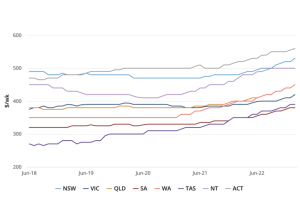
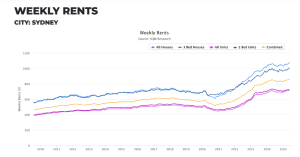
The main reason is that Australia’s housing supply has not kept up with public demand. The government’s slow progress in housing approvals and construction has left many renters with fewer options. It is taking 50% longer to build a house in Australia than it did four years ago.
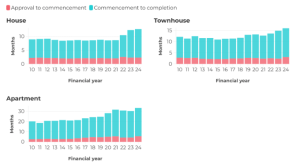
In addition, the rise of short-term rental platforms such as Airbnb has led to a decrease in long-term housing supply. There are currently more than 160,000 short-term rental properties in Australia, and many landlords value high income rather than occupancy rates.
However, housing supply alone does not tell the whole problem. One often overlooked reason is Labor’s mismanagement of immigration, which has seen more than a million new migrants enter Australia, putting further pressure on an already tight rental market.
International students often move in groups, attend home inspections, and live in the city center, making them easy targets for criticism. But it does not help solve real problems: housing supply, rental security, and fair access.
Listen to the Voice on Social Media
Australia’s rental crisis has become a trending topic on social media platforms such as Instagram and YouTube.
More than 100,000 users share their bad rental experiences under hashtags such as #Rentalcrisisaustralia and #costofliving.
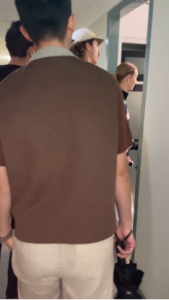
What is fascinating is that not all these posts are posted by international students, but many are from locals in Australia. They have experienced the same difficulties: high rents, fierce competition for housing, and poor living conditions.
Jimmy added: “The house I lived in last year was terrible. There were often broken appliances, such as broken curtains, clogged drains, or lights not working. It was very uncomfortable to live in.”
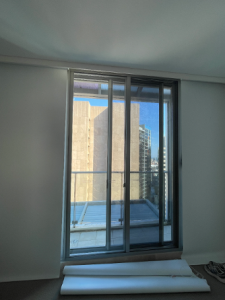
The huge voice on social media shows that this is not only a crisis for international students, but a problem faced by all renters in Australia.
Shifting Focus: From People to Policies
The discussion of Australia’s housing crisis around international students often diverts attention from the real solution, which should start with rental policies.
Last year, NSW spent $8.4 million to establish a “rental task force” to strengthen supervision of illegal landlords and agents, provide the public with a fairer rental market. However, this measure is far from enough to solve the real rental crisis.
To truly alleviate this problem, the government can first work with other sectors to develop a housing policy that ensures the public has access to safe, fair, and high-quality housing.
This policy cannot be developed in isolation from the immigration program, and the number of future immigrants should be linked to housing carrying capacity.
The government needs to speed up the approval process for house construction and develop plans for construction companies to build more efficiently. At the same time, universities should be supported to expand on campus student accommodations.
Short-term rentals like Airbnb need strict limits on their number to provide more housing for long-term renters. Besides, the government should launch a real-time rental data platform to provide the public with transparent and open housing and rental data.
“Unless rental policy in Australia changes, the housing crisis will not be solved and news groups will be wronged,” Jimmy said.

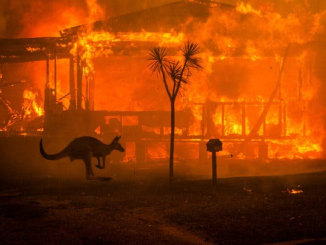


Share your experience of renting in Australia, or do you think international students are responsible for the housing crisis? Tell us in the comments section.